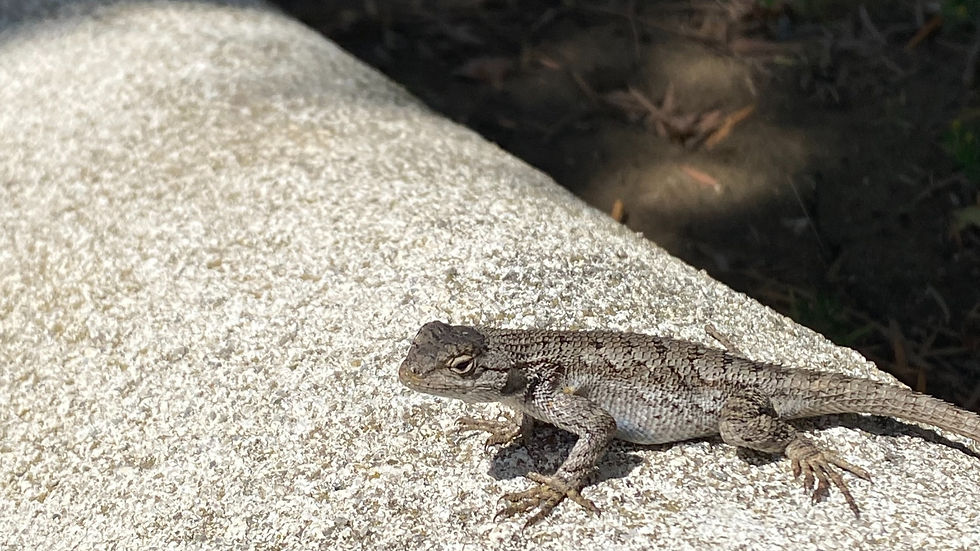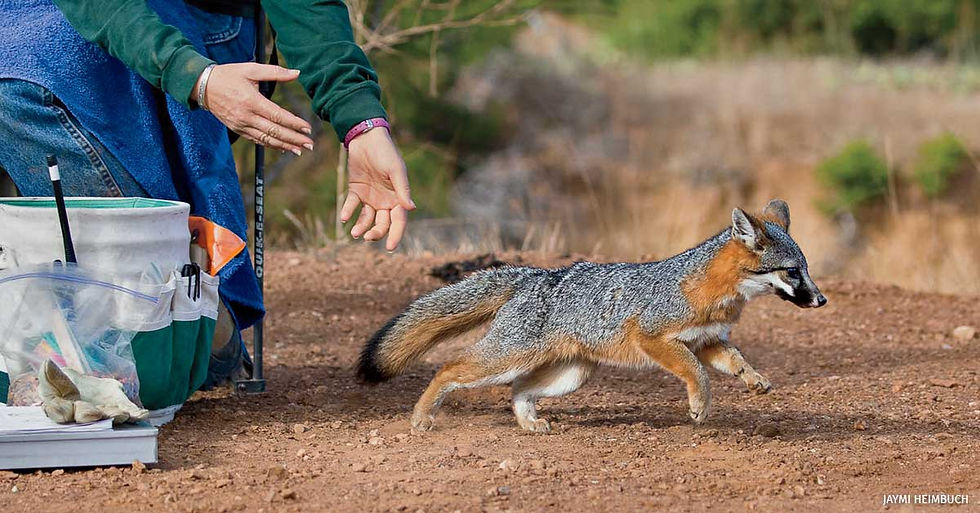The Value of Wildlife
Good weekend, dear readers. I'm writing this on Saturday morning, which means my brain has had a whole 8+ hours of uninterrupted sleep and I’m ready to deliver my latest mullings to you. And this week, we’re talking about the value of wildlife.
If you have studied or thought about nature even slightly, you know that wildlife serves a purpose in the workings of the world. Animals act as pollinators, as food sources for other animals, as vital parts in the symbiotic workings of an ecosystem. While these are important, and even necessary, functions, our human scheme of economics doesn’t usually think of these functions as valuable. In fact, if we consider wildlife valuable at all, it’s usually with the soft, fuzzy sense of personal value that we talk about other vital-but-economically-overlooked qualities in our lives: “I value time with my family”, “I value my time off”.
Old economic thought believed that nature and wildlife are unchanging reserves that we can infinitely pull from to power our lifestyles. But in the face of the changing climate, economic thought is evolving. We are beginning to listen to pioneering economists who have long pointed out that nature and wildlife are far from static: they are regenerative systems that need maintenance even as they provide the foundation for our entire society. With this evolution in thought comes a whole new question: if wildlife is valuable in an economic sense, then how do we estimate that value so we can factor it into all our other societal decision-making?

The answer is money. Now, the idea of putting a price tag on wildlife is an icky thought to many people. But let’s take a small theoretical detour here, and think of this: money is our society’s way of deciding what we keep around, and what we get rid of. What we encourage, and what we let die. The money itself is not a problem; the problem is what we find valuable and therefore attach a dollar sign to as a signifier of that wealth. If we reorient our understanding of what is valuable to society, we quantify the size of that value in a measurement of dollars, and it helps attract other people (investors) who see that value and want to encourage its growth.
Historically, wildlife has been left off the table as an ‘externality’: we didn’t see or understand its value, and therefore didn’t really ascribe it a monetary value. As a result, considerations of nature were left completely off the table in most business and societal decisions. But as we change our thinking, and begin to ascribe not just feel-good value but financial value to nature, suddenly it becomes a much bigger player in our decision-making. For example, you have a tract of land - do you develop it into a shopping mall or protect it as a nature reserve? There are a whole host of financial projections that will go into making this decision. But if we recognize that wildlife has value, and we can put some kind of monetary value on the function of that land as a nature reserve. And if our valuation is accurate, in the long-term the monetary value of keeping that land as a nature reserve could far outweigh the short-term returns of a shopping mall.

Ok, if you’ve kept reading this far, congratulations. Now, you may ask, all of this sounds dandy, but what does this actually look like in real life? Are we making tangible steps towards this? Oh boy, are we.
For starters, the White House is getting behind natural capital and valuation. On August 18, 2022, it opened public comments on a new National Strategy for including nature and natural resources in economic decision-making. This strategy creates “natural capital accounts” at the federal level, which “will measure the economic value that natural resources provide to society and illustrate how a robust economy depends on a healthy natural environment”.
At an international level, the Taskforce for Nature-Related Financial Disclosures (TNFD) just released an updated beta version of their framework for assessing nature-related impacts. Like the related TCFD, the TNFD framework is more focused on the management of nature-related risks to business operations (like planning for possible degradation of air and water quality) rather than achieving nature-positive impacts (like improving biodiversity), which would be more in the realm of impact investing. Nonetheless, the TNFD helps strengthen the understanding that a healthy environment is a requirement for business success.
There have also been a couple of interesting articles floating around, which theorize how we might begin to value the activities of wildlife in addressing climate change. This fascinating article in the Nature Climate Change Journal explores the idea of valuing the carbon servicing activities of wildlife so that more investors would invest in conservation and biodiversity efforts. And while not specifically focused on nature-based investing, this rewilding proposal published in BioScience posits that if the proposal were enacted, “the net economic benefits would be substantial given the social carbon cost of livestock grazing on federal lands”.
These and other efforts are beginning to put a value on the cost of nature. With this valuation, we begin to have a more accurate picture about the true costs and benefits of our economic system, and we can begin to make decisions that are both sustainable and regenerative of our foundational natural resources.






Comments